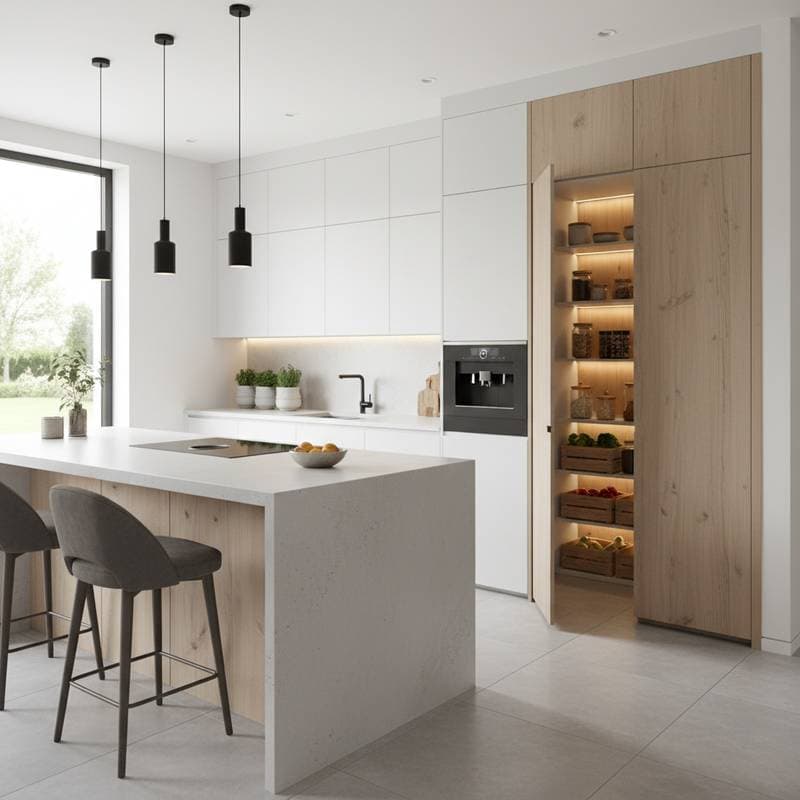In established residences, plan for an additional 10 to 15 percent to address unforeseen issues such as irregular surfaces or legacy electrical systems.
Choosing Between DIY Installation and Professional Services
Ideal Scenarios for DIY Projects
Individuals with relevant skills may undertake the construction independently under specific conditions:
- The targeted wall supports no structural load.
- A prefabricated or modular kit includes comprehensive assembly guidelines.
- Essential tools like a spirit level, stud detector, and power saw are available.
Such projects typically require 40 to 60 hours for measuring, fabricating, and completing the finish. Savings on labor can reach $1,000 to $3,000. Always employ protective equipment, including hand coverings, eye shields, and respiratory masks, during material handling and surface preparation.
Reasons to Engage Professionals
Professional assistance proves essential in these situations:
- Concealment involves existing wiring or piping.
- Precise alignment with cabinetry demands expertise.
- Custom mechanisms like pivots or sliders require specialized installation.
Certified installers guarantee adherence to building codes and structural integrity. Labor fees for superior results fall between $2,000 and $4,000.
Proceed without experts only if precision in framing and finishing is assured. Misaligned panels reveal gaps and undermine the concealed design intent.
Upkeep, Warranties, and Longevity
Properly maintained hidden pantry walls endure for decades, provided they remain in stable, dry environments. Standard warranties cover hardware for five to 10 years, with limited protections extending to panel materials and surface treatments.
Everyday Maintenance Practices
- Inspect hinge alignments biannually and secure them using a Phillips-head screwdriver as needed.
- Clean surfaces with a moistened cloth and gentle detergent. Steer clear of harsh scrubbing agents.
- Maintain indoor humidity levels between 40 and 55 percent to avoid material distortion.
- Remove accumulated debris from door perimeters with a vacuum to ensure smooth operation.
Addressing Potential Issues
- For doors that fail to seal properly, modify hinge positions prior to any refinishing.
- Substitute degraded magnetic latches promptly to avert panel droop.
- Apply sealant to edges exposed to moisture from nearby fixtures like sinks or stoves.
Strategies for Prolonged Durability
- Fit unobtrusive guides at floor level for sliding configurations.
- Apply silicone-based lubricant to hidden pivot points annually.
- Refresh paint or finishes every 10 to 12 years to preserve uniform appearance.
Evaluating Repairs Against Full Replacement
When assessing an aging hidden pantry, weigh the merits of restoration versus renewal.
| Issue Description | Estimated Repair Expense | Estimated Replacement Expense | Recommended Approach |
|---|---|---|---|
| Surface paint degradation and loose hinges | $300 to $600 | $2,500 and above | Pursue repair if underlying panels remain intact |
| Panel distortion or poor alignment | $800 to $1,500 | $4,000 and above | Opt for replacement if the frame lacks squareness |
| Moisture intrusion or fungal growth | $1,000 and above | $4,500 and above | Replace entirely and examine the enclosed space |
| Dated aesthetics with stable structure | $500 to $1,000 for refinishing | $5,000 for new installation | Refinish to achieve a swift update |
Repairs generally offer greater value when the system has not exceeded half its projected lifespan and shows no foundational weaknesses.
Emerging Trends and Practical Design Considerations
Hidden pantry walls gain traction within modern kitchen designs that emphasize minimalism and integrated functionality. These elements align with preferences for unobtrusive storage that maintains visual harmony.
Factors Fueling Adoption
- Fluid Spatial Arrangements: Residents seek open areas free of visible disarray, with essentials stored discreetly yet accessibly.
- Eco-Conscious Practices: These walls minimize reliance on additional cabinetry, thereby conserving resources.
- Integrated Illumination: Effortless installation of sensor-driven LED interiors enhances interior usability.
- Property Enhancement: Prospective buyers regard such features as high-end improvements indicative of intentional planning.
Steps to Implement Your Project
- Assess the wall's available length and required depth for storage.
- Select the access method, whether hinged, pivoting, or sliding.
- Establish a spending limit and obtain at least two professional quotes.
- Procure components in advance to circumvent delivery setbacks.
- Time the work for temperate conditions to facilitate optimal surface curing.
Realizing the Benefits of Your Upgrade
Implementing a hidden pantry wall yields a kitchen that operates with efficiency and elegance. This investment not only organizes daily routines but also elevates the home's overall appeal and market readiness. With thoughtful execution, the system delivers lasting satisfaction and practical advantages for years ahead.










